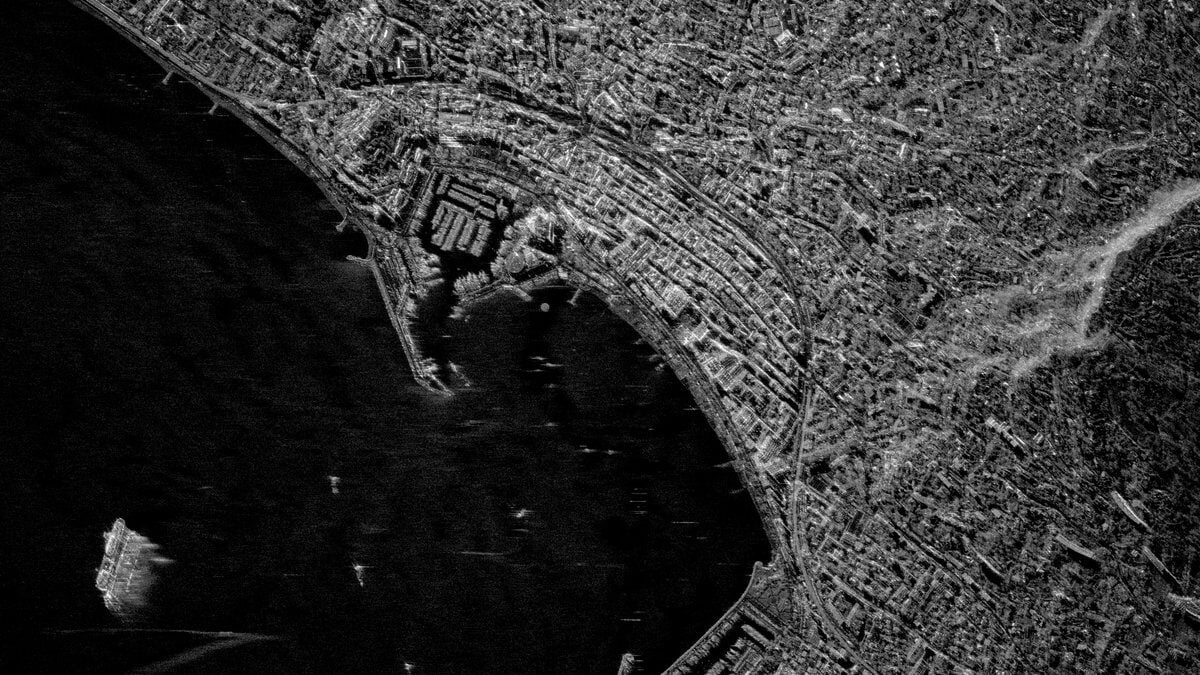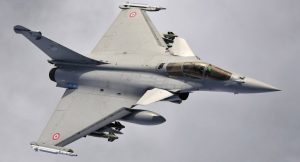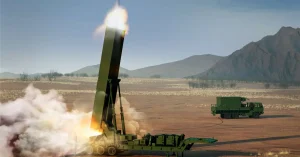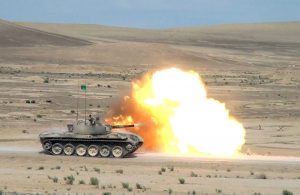According to Todd Master, Umbra’s chief operating officer and a former DARPA official, the DRIFT program is a prime example of how the government can effectively enhance capability by utilizing commercial investments instead of simply relying on the phrase “leverage commercial.”
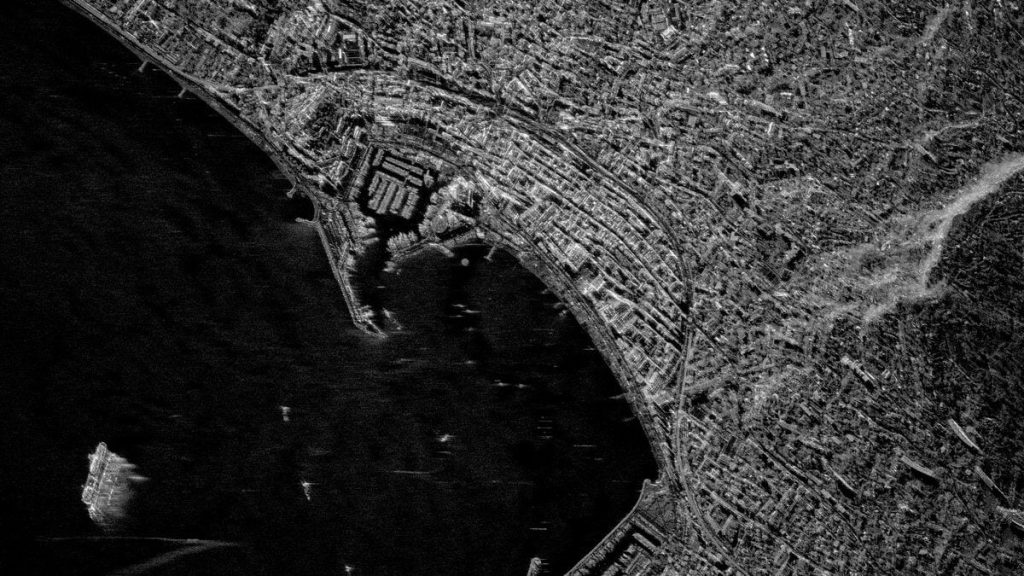
Umbra SAR satellite image of Cannes, France (Umbra)
DARPA has chosen four companies for contracts in order to gather data and develop algorithms related to the formation flying of synthetic aperture radar (SAR) satellites. This initiative, known as the Digital Radar Image Formation Technology (DRIFT) program, is part of DARPA’s broader goal of advancing capabilities for “Mosaic Warfare,” a concept that envisions highly integrated multi-domain operations.
Under the DRIFT program, Umbra and PredaSAR, two SAR satellite operators, will demonstrate the use of formation flying to enhance the imaging capabilities of their satellites. This involves flying at least two satellites in formation to obtain a more comprehensive view of the target area and enable advanced image fusion through sophisticated processing techniques. Umbra’s contract is valued at up to $4.5 million, while PredaSAR’s contract is worth $500,000. Additionally, Northrop Grumman and Jacobs have been awarded contracts worth $3.9 million and $4 million, respectively, to process the data collected by these satellites.
DARPA initiated the DRIFT program in 2022, with a focus on leveraging small SAR satellites, including commercial satellites, for military purposes. The agency has requested a budget of $13 million for the program in fiscal year 2024.
The ultimate objective of DRIFT is to explore the potential of commercial SAR satellites, which can capture imagery through clouds unlike optical cameras, as integral components of a future system-of-systems for warfare. This approach emphasizes interoperable capabilities or “tiles” rather than platform-specific puzzle pieces, enabling more flexible and adaptable battle plans.
Todd Master, the COO of Umbra and a former DARPA official, highlighted the significance of the DRIFT program in utilizing commercial investments to enhance government capabilities. He emphasized that DARPA is building upon existing commercial systems and exploring alternative concepts of operations (CONOPs) to derive mutual benefits, rather than disregarding commercial offerings due to strict requirements and developing separate systems.
Umbra and Terran Orbital’s PredaSAR will provide data from at least two SAR satellites flying in formation as part of their collaboration with DARPA. The companies will also demonstrate novel data processing algorithms. The initial design phase is expected to take several months and could lead to subsequent opportunities for prototyping and demonstrations.
Master emphasized the importance of bistatic radar in the DRIFT program, where the radar’s transmitter and receiver are positioned separately. This configuration enables the collection of unique reflections and provides valuable insights compared to a traditional monostatic system.
In summary, DARPA’s DRIFT program aims to leverage commercial investments in SAR satellites to enhance military capabilities. By exploring formation flying and advanced processing algorithms, the program seeks to create a more adaptable and integrated system for future warfare scenarios.


